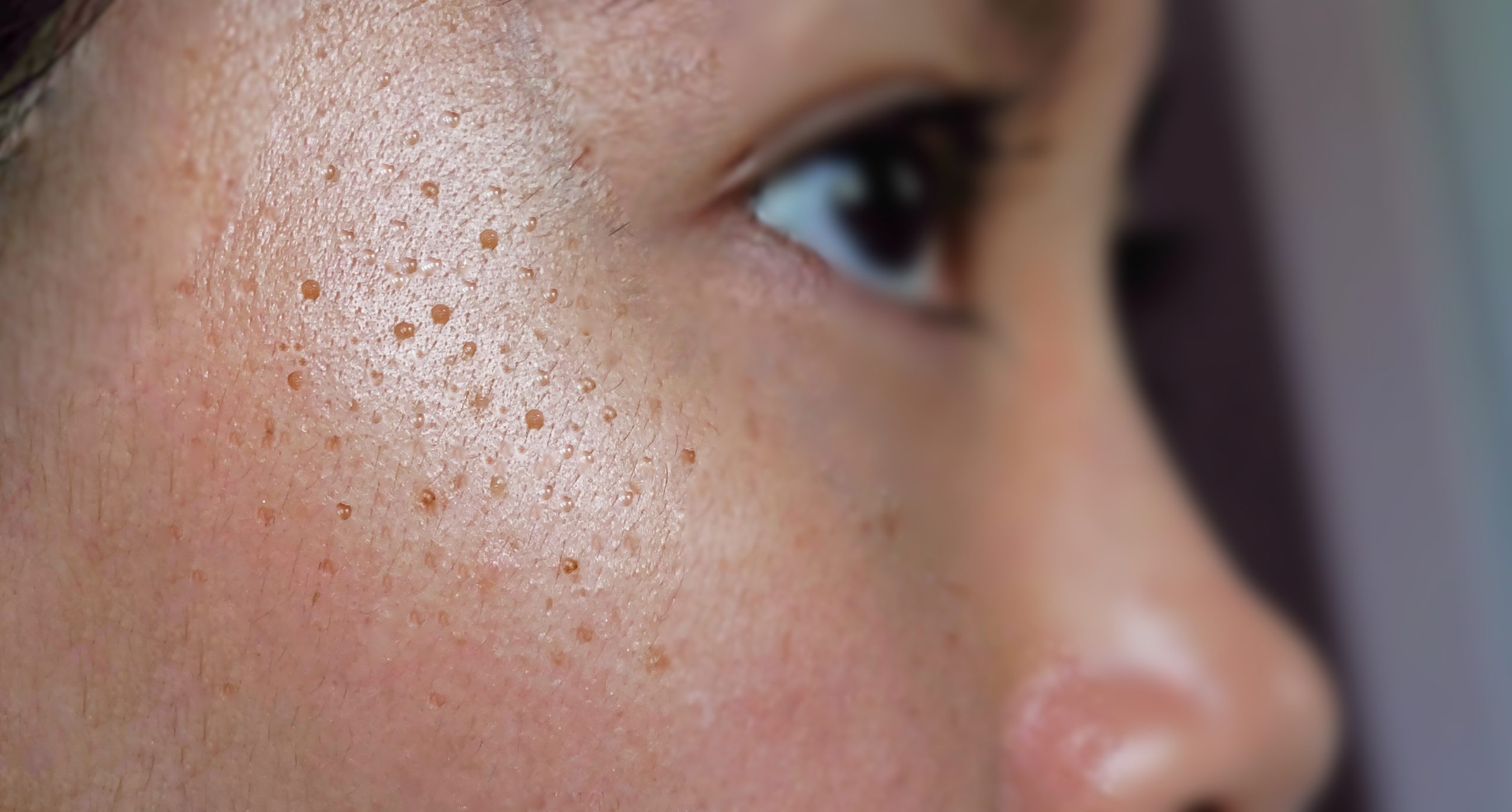
Hyperpigmentation, dark spots on the skin and natural remedies
Hyperpigmentation is a skin imperfection consisting of dark spots of varying size, caused by an overproduction of melanin, the skin pigment also responsible for tanning.
According to data from an Ipsos market research study, skin hyperpigmentation affects more than 54 percent of women between 20 and 60 years of age and, particularly on the face, is perceived as the third most common aesthetic nuisance, after loss of tone on the body and face.
Hyperpigmentation: the causes
First of all, it is important to know the causes of hyperpigmentation in order to adopt the best strategies for dealing with this condition.
Exposure to sunlight is generally the main cause of hyperpigmentation. Melanocytes produce melanin to protect the skin from UV rays, but in some cases certain types of melanocytes produce more melanin than others, leading to the appearance of darker patches. While their appearance can be a source of discomfort, hyperpigmentation due to sun exposure is not considered a pathological condition and tends to recede with less exposure. For this reason, the problem is more noticeable in the summer months when people habitually leave their skin more uncovered.
Also physiological is hyperpigmentation due to ageing, a condition in which there is an uneven loss of melanin-producing cells in the skin and an increase in production by those that remain. Hence the appearance of dark spots at any time of year and not necessarily associated with sun exposure.
Freckles are also a form of hyperpigmentation, very common in fair-skinned people and therefore linked to genetic factors; they are normally caused by exposure to sunlight and, more rarely, by pathological skin conditions, such as xeroderma pigmentosus.
Another type of hyperpigmentation is caused by hormonal changes, such as during pregnancy (so-called 'melasma gravidarum') and menopause, or due to the use of oral contraceptives.
However, there are also other non-physiological causes of hyperpigmentation. Some may be related to skin inflammations and lesions (e.g., acne, burns or scars), others to systemic diseases of different degrees and severity (such as Addison's disease, a rare disease of the adrenal cortex), or pharmacological treatments, as in the case of certain antibiotics or chemotherapy.
In all cases, when outdoors, it is advisable to always use sun creams, preferably unscented, with an adequate protective factor, even on cloudy days, and to have a dermatological check-up once a year to exclude the presence of pathological changes. However, there are plant extracts that can help in the treatment of hyperpigmentation and related imperfections.
Hyperpigmentation and plant extracts
The first rule should always be to keep the skin healthy and well moisturized. Extracts of mallow (Malva sylvestris L.) and marshmallow (Althaea officinalis L.), standardized in mucilage, can be useful for this purpose, as the latter retain liquids and have moisturizing properties.
Extracts of German chamomile (Matricaria chamomilla L.) and pot marigold (Calendula officinalis L.) are also recommended for their soothing and anti-reddening properties, which prevent inflammatory conditions.
Aloe vera gel (Aloe barbadensis Miller) is probably the best-known and most popular botanical for skin care, due to its emollient and humectant properties, known since ancient times. In addition to this, aloe vera contains aloesin, an active ingredient capable of inhibiting the enzyme tyrosinase and, consequently, the synthesis of melanin. An interesting study showed that aloesin could inhibit hyperpigmentation caused by UV rays.
Bearberry (Arctostaphylos uva-ursi L.) also contains a tyrosinase inhibitor, arbutin; this is a natural precursor of hydroquinone, but is less irritating and in addition to its depigmenting action also combines interesting antioxidant properties.
Pomegranate (Punica granatum L.) is a real chest of precious antioxidant molecules and its polyphenol fraction has proved effective in hyperpigmentation.
Finally, turmeric (Curcuma longa L.) is widely used in Asia not only as a spice, but also for skin problems, due to its anti-inflammatory and antioxidant properties; its main active component, curcumin, can inhibit tyrosinase, thus justifying its traditional use in facial masks for skin blemishes.
Visit the Our Extracts section to download our catalogue and information materials on these and other botanicals.